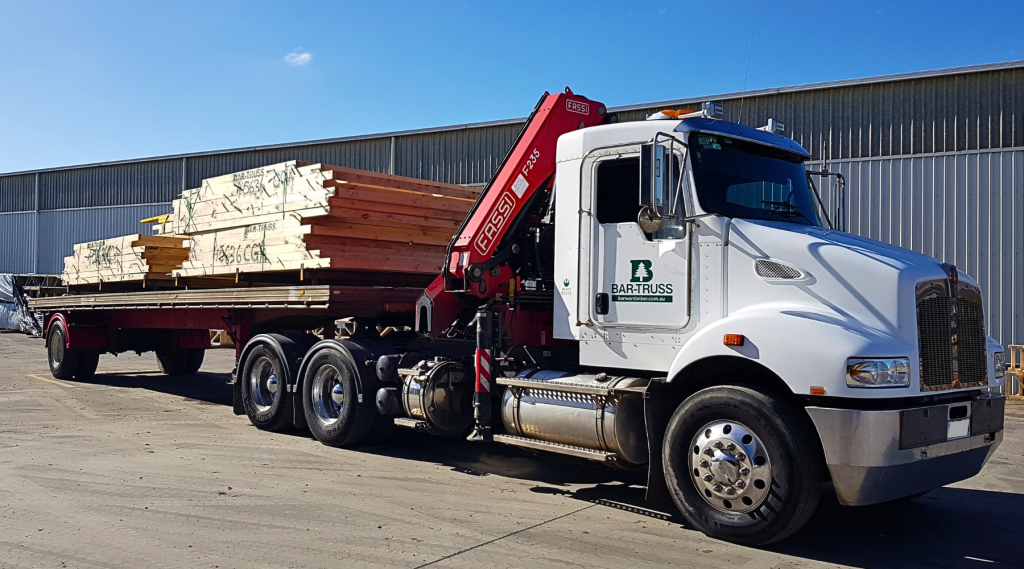When it comes to construction, picking the right framing material is a big deal. Timber and steel are two common choices, each with its own pros and cons. But if you’re looking for an eco-friendlier option, timber framing is by far a better choice. In this article, we’ll dive into the environmental advantages of timber framing and why it might be the best choice for you. Let’s get started!
Timber Framing Has a Lower Environmental Impact Compared to Steel
Structural building products go through a specific life cycle, beginning with the extraction of raw materials like timber, iron ore, limestone, and aggregates. This is where the data collection starts, as the energy use and emissions of air, water, and land for each unit of resource measured.
When it comes to environmental impact, timber has a lower impact during this phase compared to steel, a timber frame is by far a better eco-friendly option. This is because steel requires mining and high temperature heating in the manufacturing processes and uses higher units of energy as an end user product in comparison to timber.
Sustainability and Renewability of Timber as a Construction Material
Choosing sustainable construction materials is crucial, and timber framing is an exceptional choice for its renewable and eco-friendly qualities. Let’s explore why timber is a sustainable option for construction.
Timber is a Renewable Resource
Timber comes from trees, which can be regrown through responsible forest management. By harvesting trees selectively and replanting them, we ensure a continuous supply of timber. With proper practices, the rate of regrowth can exceed the rate of harvest, making timber infinitely renewable.
Trees Absorb Carbon Dioxide
Trees play a vital role in carbon absorption, removing carbon dioxide from the atmosphere. When sustainably managed forests are harvested for timber, new trees are planted, continuing the cycle of carbon absorption. By using timber in construction, we lock away carbon for the lifespan of the building, fighting climate change.
Timber is Energy Efficient
Timber has excellent insulation properties, resulting in higher energy efficiency for buildings. Its low thermal conductivity means it retains heat better, reducing the need for heating and cooling. By using timber, we decrease reliance on fossil fuels and create a greener built environment.
Low Embodied Energy
Compared to other materials like steel and concrete, the energy required for timber’s life cycle is minimal. This includes the extraction, processing, transportation, and disposal. Choosing timber helps reduce energy consumption and benefits the environment.
Waste Reduction and Recycling
Timber production generates less waste than other materials. Wood waste can be used for bioenergy or turned into composite materials. Timber is also highly recyclable and can be repurposed or reused in other construction projects, minimizing waste sent to landfills.
Biodegradability and Circular Economy
At the end of its life cycle, timber naturally decomposes without harmful substances. It aligns with the principles of a circular economy, where materials are reused, recycled, or returned to nature. By using timber, we reduce resource consumption and waste generation.
Timber is not only sustainable, but it also contributes to a better future for our environment. So, when it comes to construction materials, choose timber for a greener and more environmentally friendly option.
Construction Benefits of Timber Framing
Timber framing is a tried-and-true construction method that is loved by builders and architects everywhere. It has stood the test of time and offers many advantages when it comes to roof trusses and timber framing.
Modular Manufacturing Efficiency
Timber framing like treated pine is a fantastic option because its lightweight, framing timber and is easy to transport and install. This means that timber trusses and pine framing can be put together offsite and produced in a modular process. They can then be delivered to the construction site, saving time, and boosting productivity for building teams. This makes the whole construction process smoother and more efficient.
Strong Quiet and Durable
If you’re looking for a house that’s solid and peaceful, a timber-framed home is the better option. Unlike steel, timber doesn’t expand or contract with temperature changes, so you won’t have to worry about noisy house movement and cracks in your plaster walls. In fact, thanks to advancements in the industry like glulam beams, we can now create super strong, durable timber products for spacious open-plan living areas and lofty ceilings. These homes are built to stand the test of time and can be cherished by your family for generations.
Timber Frames are Easier to Work with When Renovating
If you need to renovate your home, in most cases, timber framing is easier to modify to suit your renovations. Whether you’re removing old framing, or adding more timber framing, you’ll have no problem finding designers, materials, and tradespeople who are experienced with timber framing when renovating.
Unlike steel, timber provides greater adaptability and flexibility when additional onsite modifications need to be completed on the spot. Cutting timber can be done on-site quickly and easily using readily available hand and power tools. The flexibility of using timber for renovations is even more important with older homes that have irregular timber sizes and non-standard dimensions.
Final Thoughts
After considering all the benefits of timber framing, it’s clear that timber framing is the best option when it comes to sustainable building and construction. Timber is renewable, energy-efficient, and has low embodied energy and waste reduction opportunities which make it a great option for those who care about their impact on the environment.
Furthermore, timber frames are also quieter, require less maintenance and builders can easily modify timber framing if renovations are needed. If you want the best option for building with renewable materials, then timber framing is the way to go!
For more information, contact our timber team for a quote on timber framing and let our team help you with the best decision for your project.
